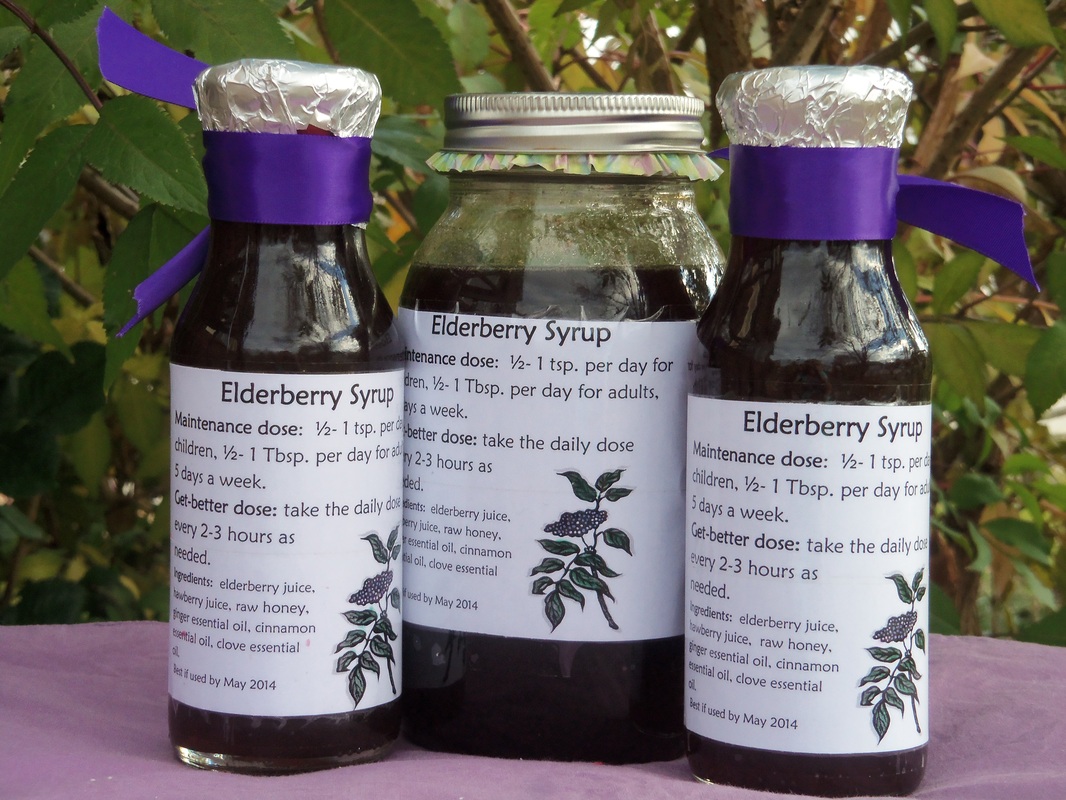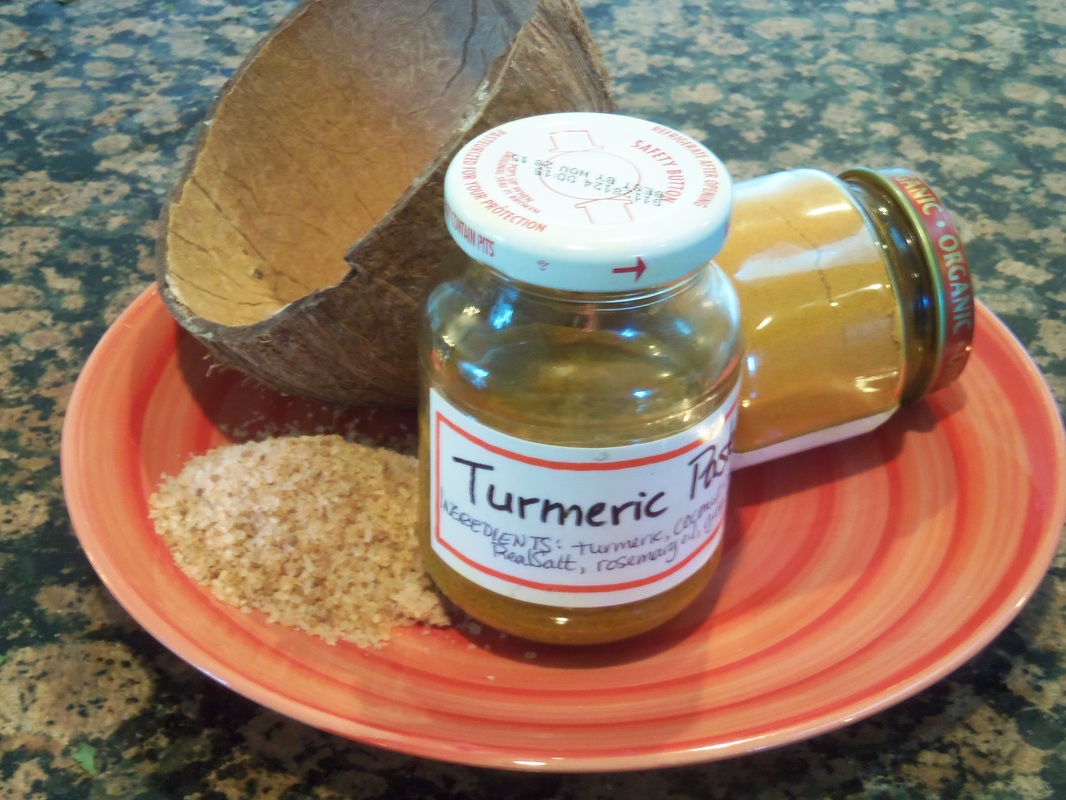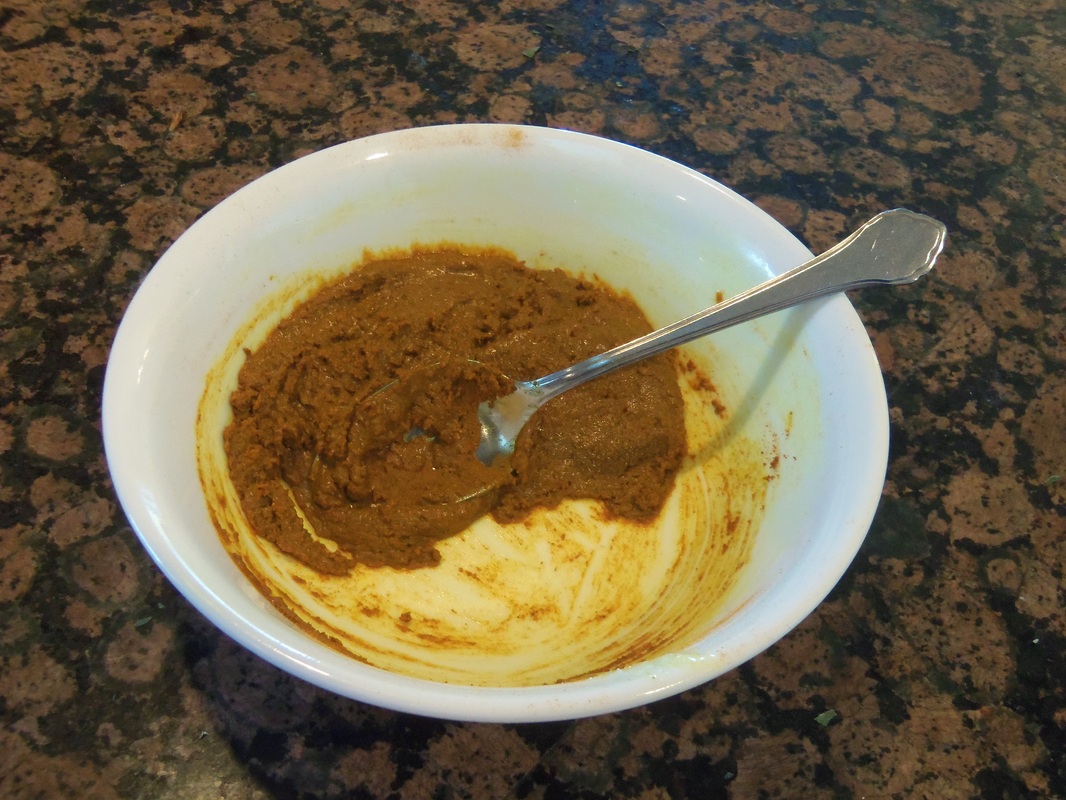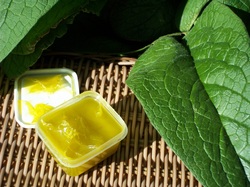Curry has an affinity for sweet, so it mixes perfectly with sweet potatoes or yams.
When I was in college, I lived in the cheapest off-campus apartment around. There were several foreign students in the complex, and one day we had a potluck dinner together.
One of the first foods on the table was an amazingly yellow... something. So I asked what it was. "Curry," she responded, "It's a food from Korea.".
Further down the table was another bowl of yellow food. I asked about it. "Chicken Curry," she explained, "The Jamaicans invented it."
Another friend walked up with a now-familiar color. I asked.
"Curry. It's from Africa."
It was good. All three were. Good enough I could see why everybody claimed it was from their own native country.
Since my roommate was the Jamaican, that's whose recipe I got, though I had to watch her make it and estimate the amounts at the time. This recipe is based on hers, though she used bone-in chicken thighs, less onion but added a couple green onions, potatoes instead of sweet potatoes, and serve it not only over rice, but also with thick, chewy 'Jamaican Dumplings'. The recipe is flexible.
Curry. From America.
Sweet Potato Curry with Turkey- makes about 6 cups
2 Tbsp. oil
1-2 Tbsp. curry
2 medium onions, sliced into rings
1 c. cooked turkey, cubed (can use chicken instead)
1 lb. sweet potatoes, peeled and cubed*
1/2 tsp. salt
1/4- 1/2 tsp. pepper, to taste
water
*I used raw sweet potatoes, but feel free to use cooked ones- you can even get away with using leftover Thanksgiving baked sweet potatoes as long as they're not too saccharine; reduce cooking time accordingly.
Heat oil on medium-high heat until shimmering-hot. Add the curry powder- amount depends on how strong you like it. (I like it strong.) Stir, and let it heat for about a minute to 'bloom' the flavor. It's done when it starts to smell delicious and a little toasty. DON'T burn it. (Nasty, bitter flavor!...) Reduce heat to medium, add onion; cook until they are tender, stirring occasionally.
Stir in turkey, then add sweet potatoes, salt, and pepper. Add water until the food is nearly covered. Put a lid on the pan and simmer, covered, for about 20 minutes or until just tender. Remove lid, increase heat and gently boil until liquid is reduced by about half.
Serve hot by itself or over rice.
Optional:sprinkle with any of the following:
chopped peanuts
green peas
mandarin orange segments
shredded coconut
diced apple
dollop of sour cream or unsweetened yogurt
chopped hardboiled eggs
bits of dried fruit
















 RSS Feed
RSS Feed